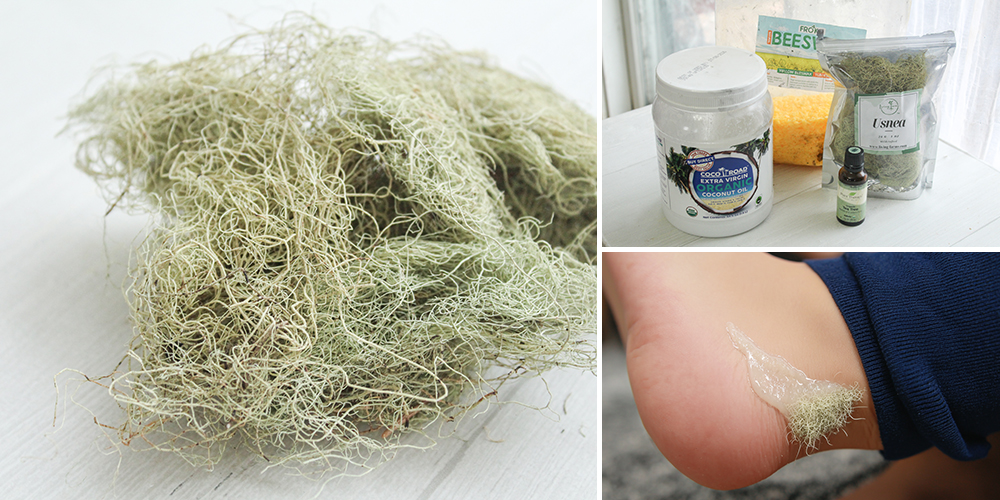
Why You Should Put Usnea in Your Socks
When it comes to natural remedies, there are many ingredients that fly under the radar, including Usnea. This lichen is often mistaken for tree moss and contains a myriad of benefits. It’s antifungal, antibacterial, and includes numerous wound-healing properties. If you struggle with foot fungus, athlete’s foot, blisters, or want to get your feet in top shape for summer, Usnea is the herb for you! In this post, we’ll discover why you should put Usnea in your socks. We’ll learn more about what Usnea is, how you can source it, and give you the recipe for a healing balm that will allow you to put your best foot forward. Whether you’re on your feet all day or struggle with fungal infections, this remedy is one for the books. Keep reading to learn why you should add Usnea to your foot care routine! 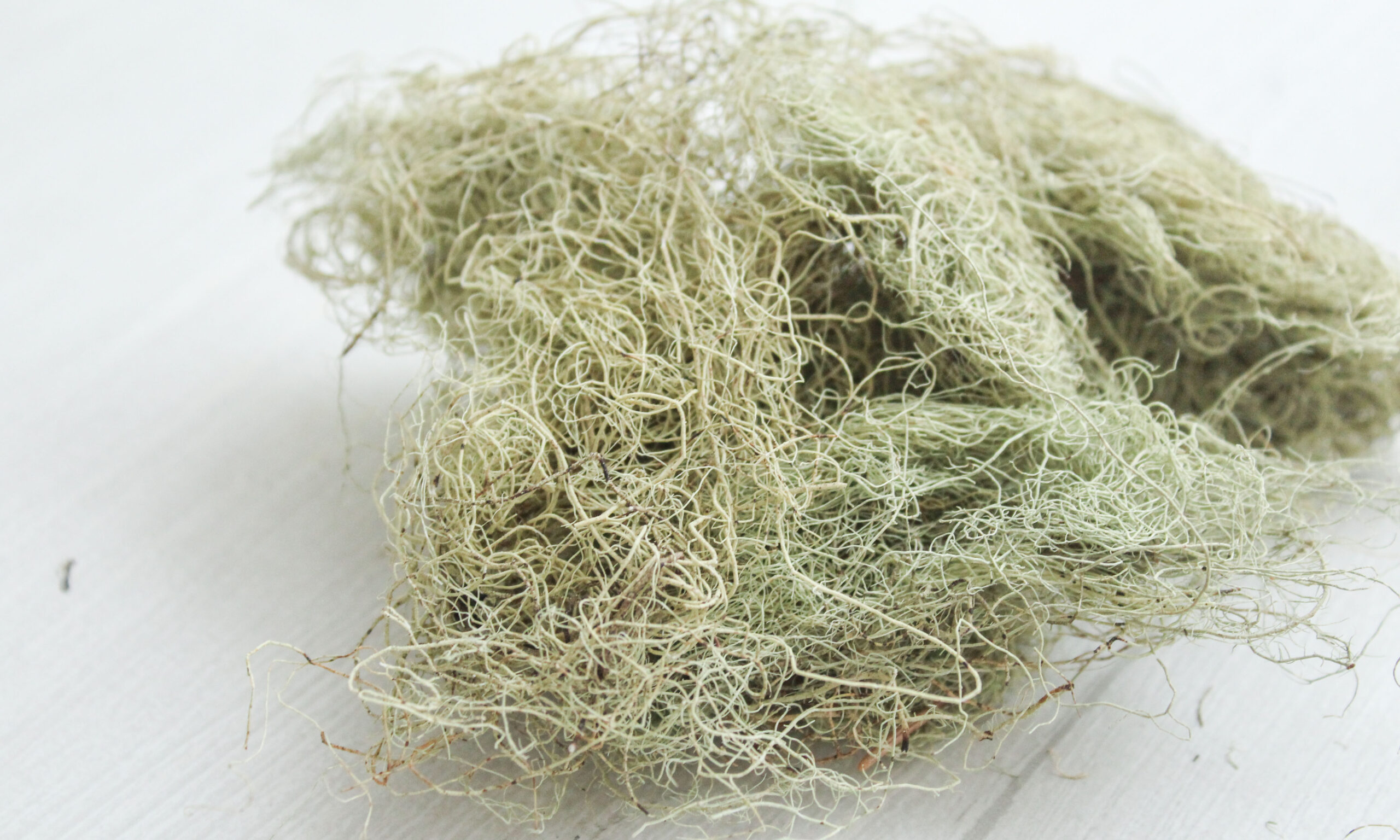
What is Usnea?
Though Usnea resembles moss, it’s a combination of fungi and algae. It thrives in cold, damp environments and can often be found in forests. Due to its wispy appearance, Usnea is traditionally called “old man’s beard. ” What makes this lichen so powerful is usnic acid, which fights infections, fungus, and harmful bacteria. Usnea has been used for centuries to heal skin issues, soothe cracked skin, and fight bacterial infections. Usnea is most commonly used in tea and is often combined with other immune-boosting herbs, like echinacea and elderberry. You’ll also find it ground into a poultice or powder, steeped in a tincture or spray, or infused into a healing balm. Whatever way you utilize it, Usnea is a powerful companion in your wellness journey, especially if you struggle with fungal infections or want a natural alternative to Neosporin.
But here’s the thing about Usnea—and nearly every powerful medicinal plant out there: you have to know how to spot the real thing. I’ve seen people walk right past it, or worse, pick the wrong lookalike and end up with something useless… or even dangerous.
If you’re serious about foraging, or even just want to know how to choose the best herbs when shopping at places like Walmart, you need to see this:
👉 This is the most detailed visual training I’ve ever come across. It shows each plant not just with a perfect close-up… but in its natural environment—so you recognize it whether it’s hiding in your backyard, clinging to a tree, or sitting in a plastic bin at the store.
You’ll learn:
 How to avoid poisonous plants that mimic common remedies
How to avoid poisonous plants that mimic common remedies- What to look for around the plant to confirm it’s the real deal
- Why even organic store-bought herbs can be totally ineffective (and what to look for instead)
- And how to safely turn what you forage into tinctures, teas, and healing salves at home
If you’ve ever second-guessed yourself while picking herbs… or wondered why your homemade tea just didn’t work—this is where you need to start.
👉 Click here to enter the academy now.
Why You Should Put Usnea in Your Socks
Usnea contains endless benefits, and there are many reasons you should seek it out. You’ll find Usnea hanging from the branches of aged trees. Usnea prefers oak, fir, and pine trees, often hiding within dying or dead branches. It can frequently be confused with other types of moss, but you’ll know it’s the real deal if it has a thin, white core inside. Of course, if you don’t want to hunt for Usnea, you can always source some from your local apothecary or even Amazon. People have used the lichen from Usnea for centuries due to its powerful properties. Usnic acid is antiviral and antibacterial and is particularly useful in fighting skin infections, urinary tract infections, and even respiratory viruses. It’s also antifungal and can improve foot fungus, yeast infections, and other skin fungi. While it heals fungi, it prevents infection and promotes skin healing, leaving your skin better than before. When you put Usnea into your socks, you can improve your feet’s overall appearance by healing cracks and fungal sores. You also absorb the herb’s benefits through your feet, giving your immune system a boost. You can make a tincture to spray your feet before bed or make our Usnea Healing Cream, which can be applied to the feet or other areas of the body that need attention.
🧦 If putting Usnea in your socks sounds wild… wait ‘til you see what else it can do.
In The Forgotten Home Apothecary, you’ll find remedies that use Usnea not just for foot fungus — but for strep throat, sinus infections, immune support, wound healing, and even lung congestion. Nicole’s recipes aren’t just talk — they’re time-tested, backed by fieldwork, and built to actually work.
Some of the Usnea-powered remedies inside include:
- ✅ Dual-Extracted Usnea Tincture Spray – kills bacteria and soothes sore throats on contact
- ✅ Nature’s Doxycycline – a full-spectrum herbal antibiotic alternative
- ✅ First Aid Wound Spray – cleans and seals minor cuts, bites, and scrapes
- ✅ DIY Wild Antibiotic Poultice – draws out infection from deep skin wounds
- ✅ Lung Healing Tea – a warm herbal blend for coughs and mucus
- ✅ Powerful Immune-Support Syrup – combines Usnea with elderberries and echinacea
📖 This is more than a recipe book — it’s your herbal survival guide when the pharmacy fails or your doctor just shrugs.
👉 Click here to peek inside The Forgotten Home Apothecary — and see how Usnea and 100+ other remedies can help you feel ready, not helpless.
This one review really sums up why this book became my go-to guide — take a look:
How to Make Usnea Healing Balm
The best part about this recipe is that you can make and use it the same day. Many remedies involve steeping Usnea for days or weeks. This Usnea Healing Balm uses ground Usnea, which gets the benefits into your system fast. Its base is coconut oil, which contains antimicrobial properties of its own. A little beeswax keeps the mixture firm enough to use as a balm or ointment. We also included tea tree essential oil, one of the best for fungal infections. When combined with Usnea, tea tree works synergistically to eradicate the body of harmful toxins. Tea tree can also reduce redness and swelling, helping sores heal faster. Sealing the herbs with beeswax creates a protective barrier that allows the mixture time to work.
After infection, your skin needs more than antifungal care — it needs protection, soothing, and help to regenerate. That’s why I always follow up with a powerful herbal salve made with yarrow, calendula, plantain, arnica, and lavender.
I use it for cuts, scrapes, fungus recovery, and anything that leaves my skin raw or irritated. Here’s the link to the salve I always keep around.
This remedy is a great one to keep on hand even if you don’t struggle with fungus, as it’s naturally immune-boosting and creates the softest skin. And, if you have kids, you’ll utilize it often for cuts and scrapes. Here’s how to make a jar of healing balm for yourself.
Ingredients
- 2 tablespoons dried Usnea
- ¼ cup coconut oil
- 1 tablespoon beeswax
- 10 drops of tea tree essential oil
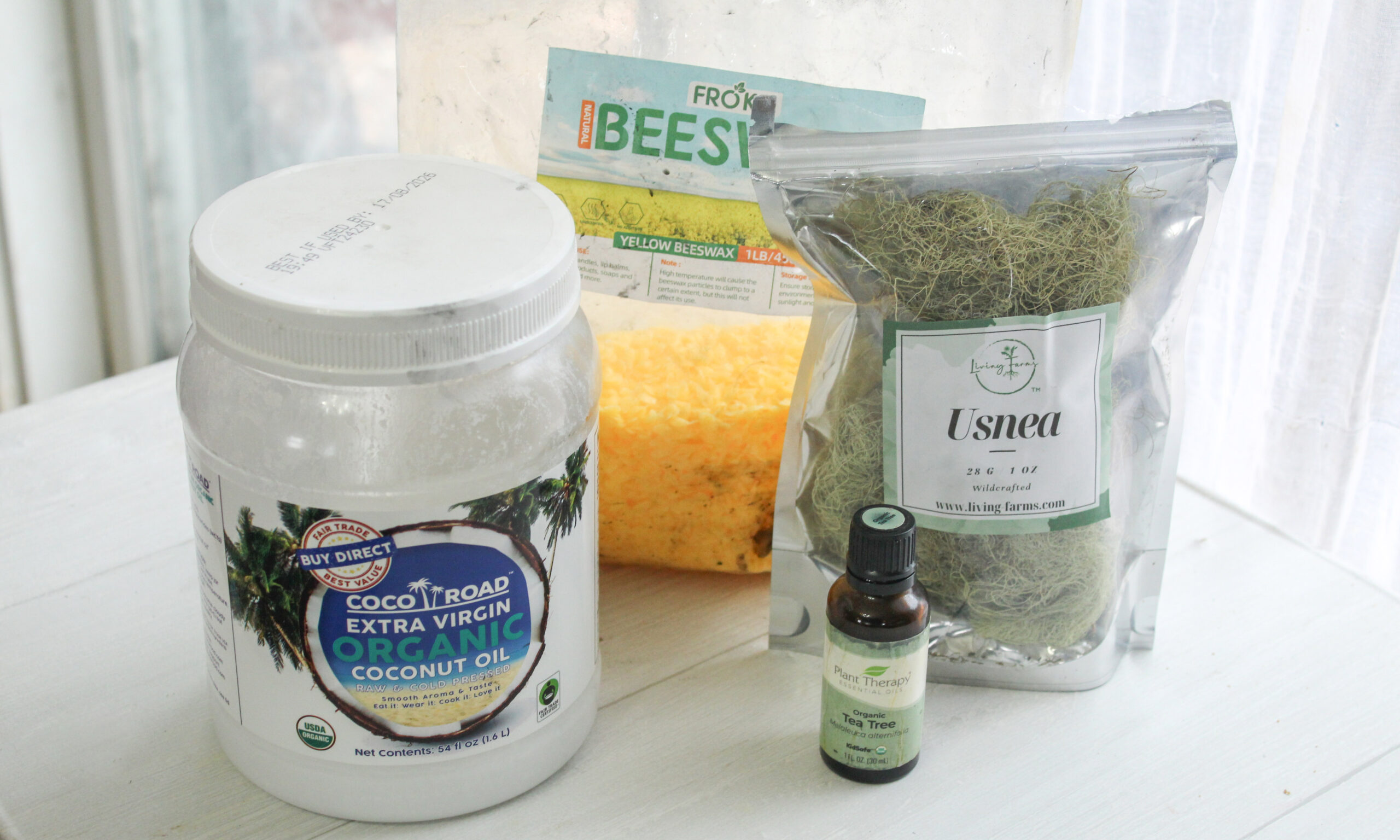 Step One: Use a coffee bean grinder or a pestle and mortar to grind the Usnea into a powder. You’ll likely still have the long, white strands, but the powder itself will be detached. Discard the strands, but reserve the powder.
Step One: Use a coffee bean grinder or a pestle and mortar to grind the Usnea into a powder. You’ll likely still have the long, white strands, but the powder itself will be detached. Discard the strands, but reserve the powder. 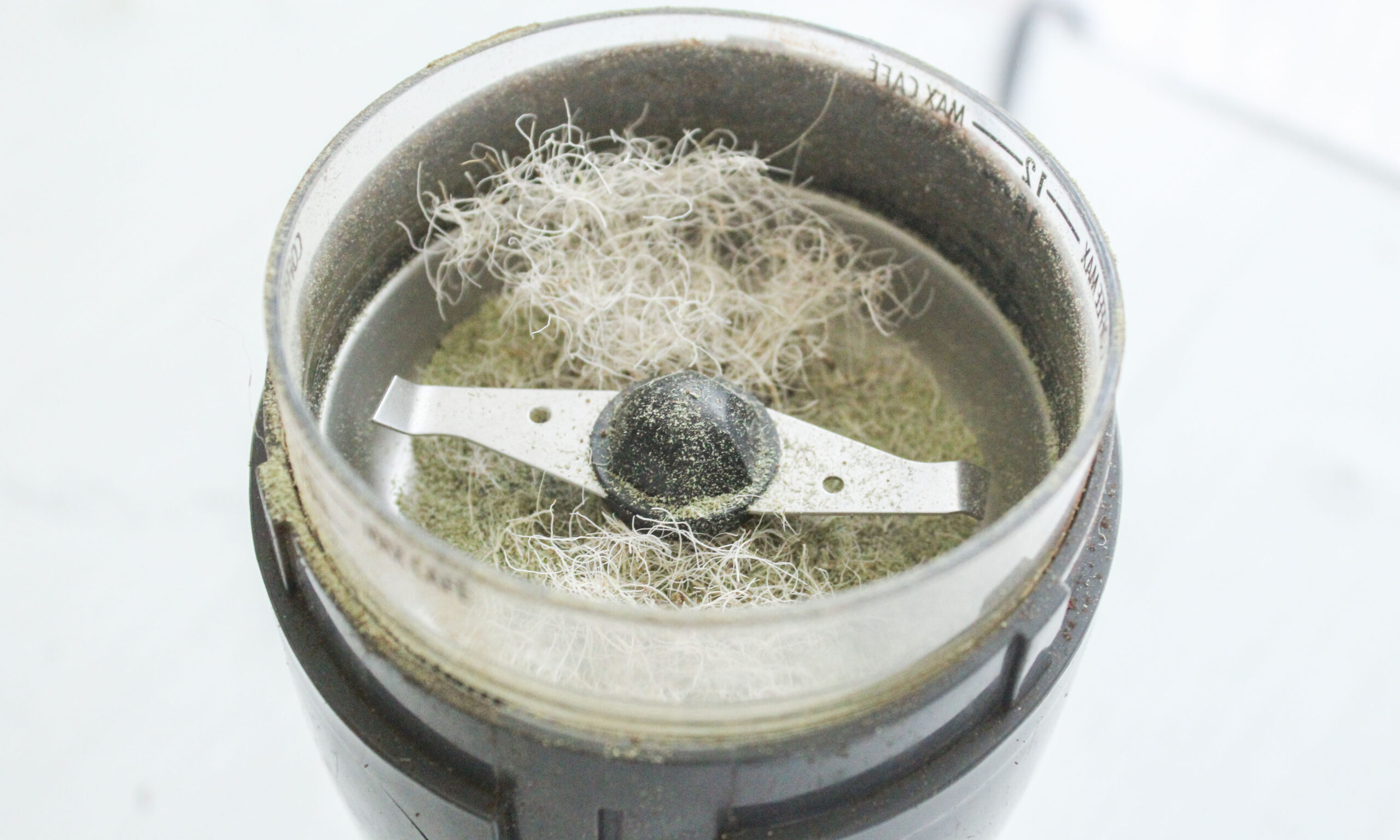 Step Two: Place the coconut oil and beeswax in a double boiler set over a pan filled with 1-2 inches of water. Turn the heat to low and melt the ingredients until the beeswax and oil are totally combined.
Step Two: Place the coconut oil and beeswax in a double boiler set over a pan filled with 1-2 inches of water. Turn the heat to low and melt the ingredients until the beeswax and oil are totally combined.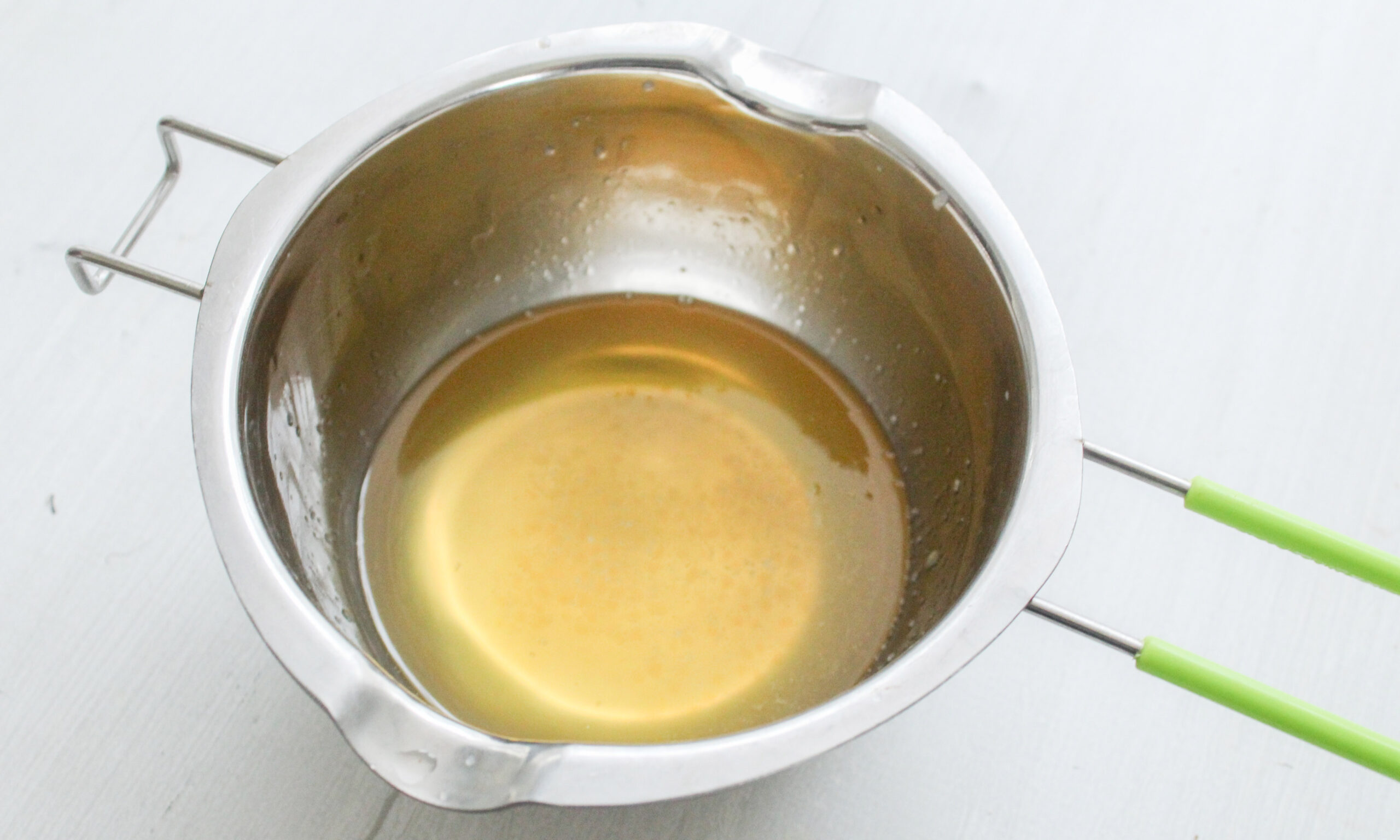 Step Three: Remove the mixture from the heat and stir in the dried Usnea until well incorporated.
Step Three: Remove the mixture from the heat and stir in the dried Usnea until well incorporated.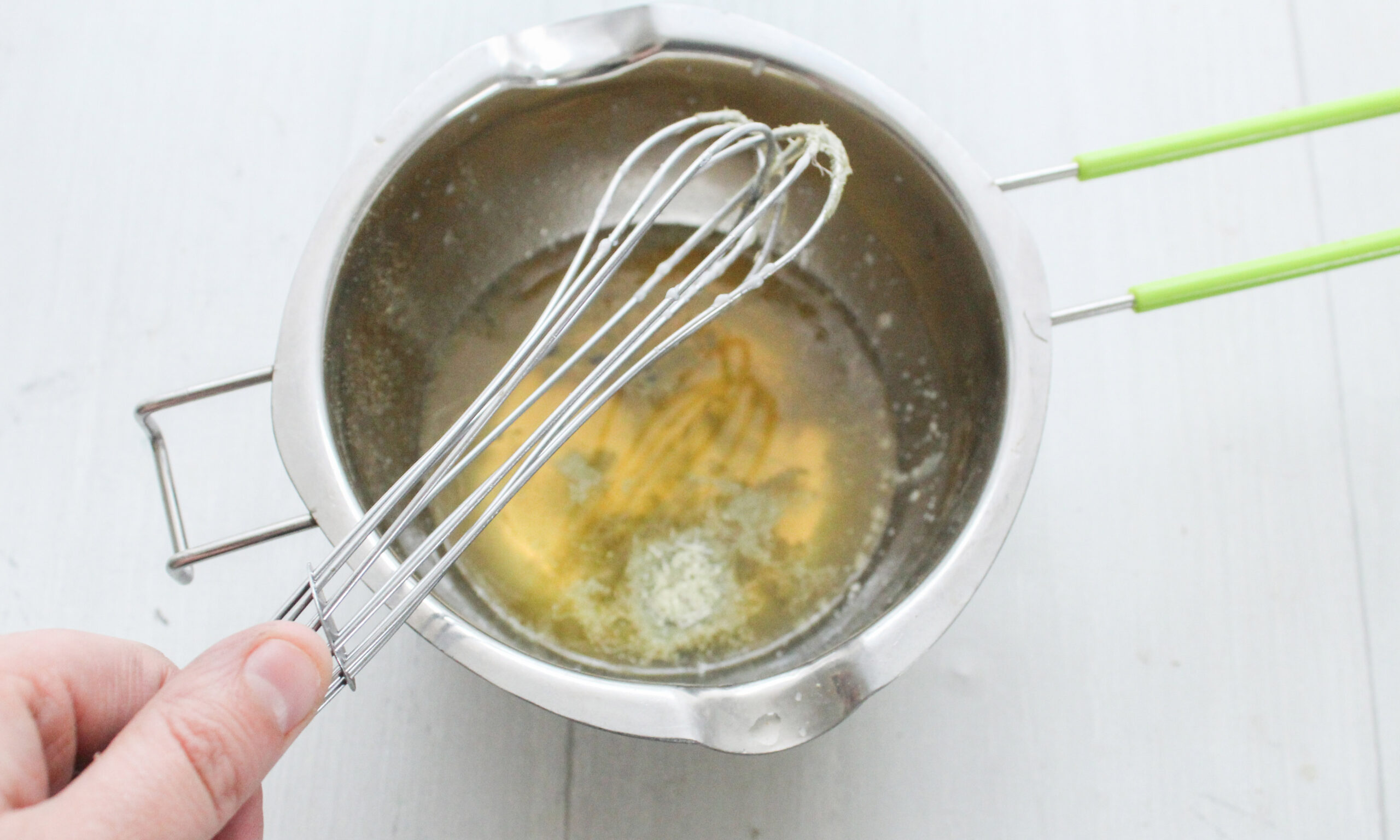 Step Four: Add the essential oils and stir again.
Step Four: Add the essential oils and stir again.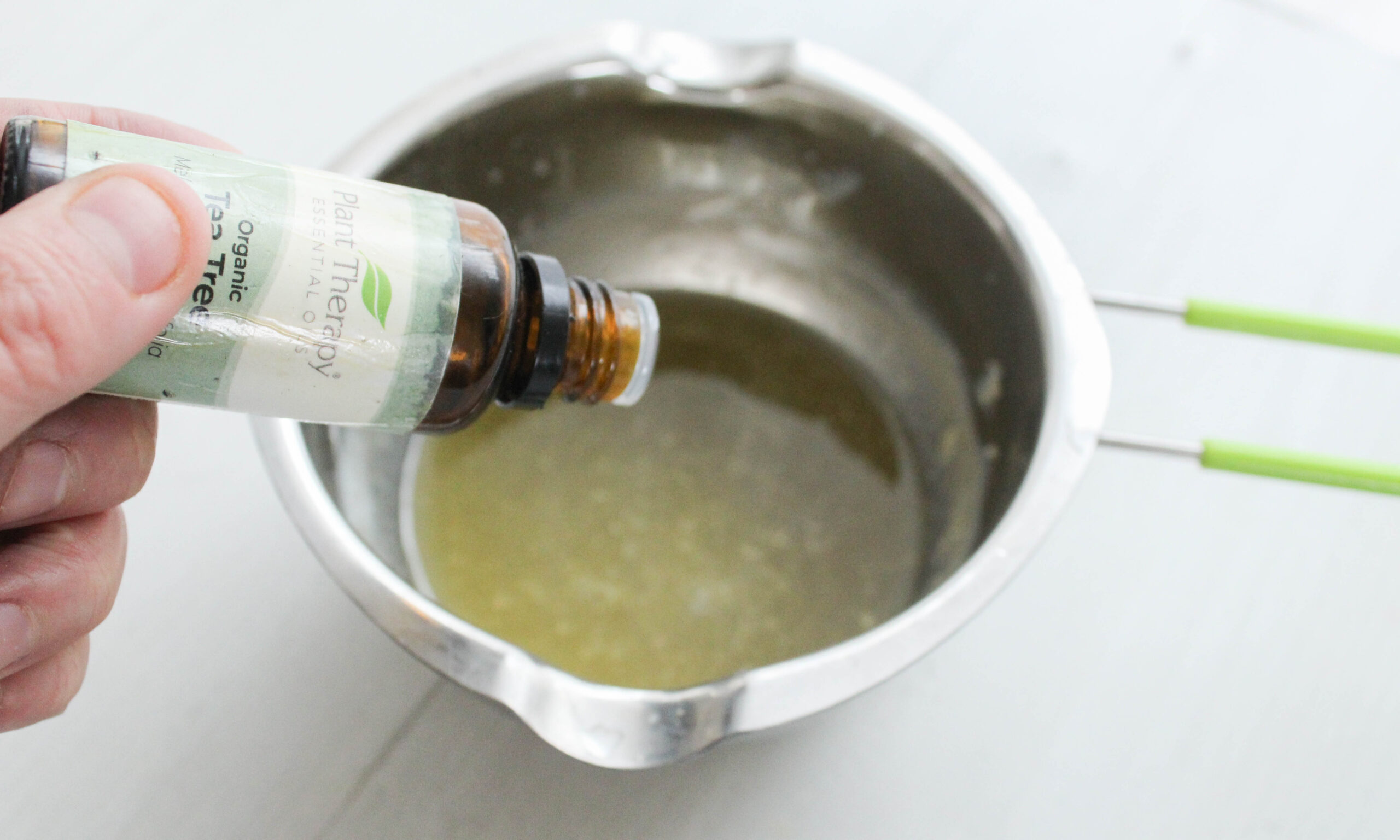 Step Five: Transfer to a jar and store in a dark, cool place. The texture of your balm will change depending on your climate. If you’re in a warm climate, the balm may become incredibly soft or liquefied. If you prefer a solid balm, store your product in the fridge.
Step Five: Transfer to a jar and store in a dark, cool place. The texture of your balm will change depending on your climate. If you’re in a warm climate, the balm may become incredibly soft or liquefied. If you prefer a solid balm, store your product in the fridge. If your healing balm becomes liquefied, give it a stir before using to evenly distribute the dried Usnea.
If your healing balm becomes liquefied, give it a stir before using to evenly distribute the dried Usnea.
How to Use This Remedy
This healing balm works great on cracked feet, corns, plantar warts, and more. To heal dry feet, apply it to clean skin right before bed and sleep with socks on. To treat a fungal infection, follow the same process, but apply it 1-2 times a day. You can also use this balm as a natural antiseptic cream or itch relief cream.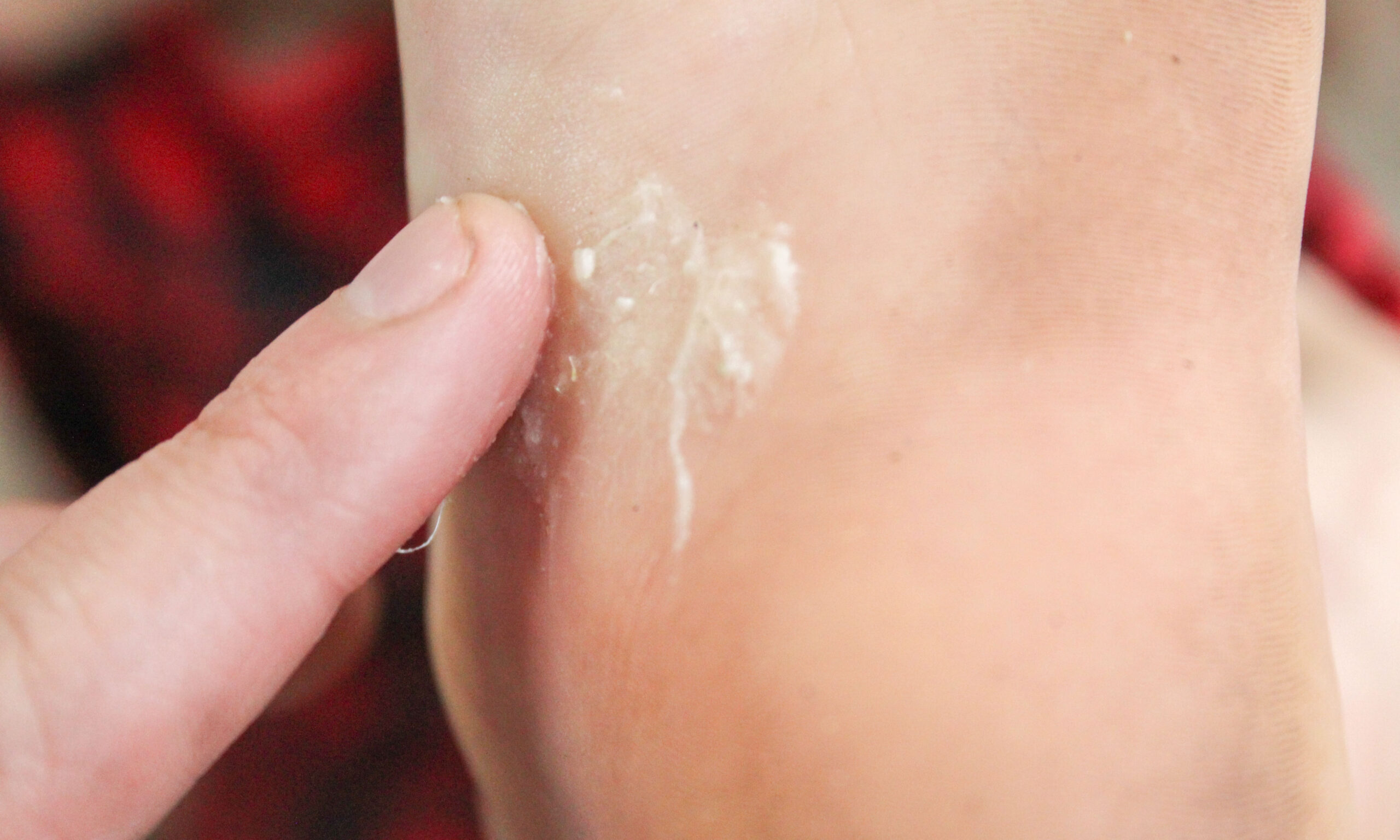 If you have sensitive skin, do a “patch” test first before applying. This remedy is safe for children over the age of 2. If stored properly, your jar of healing balm will last 6-12 months. If the balm changes color or smells off, discard immediately.
If you have sensitive skin, do a “patch” test first before applying. This remedy is safe for children over the age of 2. If stored properly, your jar of healing balm will last 6-12 months. If the balm changes color or smells off, discard immediately.
I love this balm… but let’s be honest — what happens when you don’t have the time to make it?
What if your feet already sting too much to even touch them? Or you’re traveling, or too sick, or just forgot to make a batch ahead of time?
Fungal infections spread fast. And when your immune system is down, they don’t just stay on your feet — they crawl under your nails, flare up behind the ears, and settle in moist areas like armpits and folds.
That’s when I reach for my Usnea Tincture Spray.
It’s the same antifungal, antibacterial powerhouse — just in a bottle that’s ready to go. No mixing, no grinding, no boiling.
I’ve sprayed it on:
- Cracked heels that wouldn’t heal
- A suspicious rash after a hike
- Cuts that I didn’t want to expose to hospital creams
- And once — embarrassingly — behind my knees when I felt a fungal patch forming
If you want the healing power of Usnea at your fingertips, this is the spray I always keep stocked.
🚪The Infection Doesn’t Always Knock First
It sneaks in quietly — through a tiny cut, a sore throat, a stressful week, or one bad meal.
First, it’s in your feet. Then it’s in your lungs.
Then it’s not just a rash. Or just a cough. Or just fatigue.
By the time you realize what’s wrong, you’re already in the system — pills, side effects, repeat.
That’s why I stopped waiting for permission to get better.
And I started building my own defense — with recipes that don’t expire, rely on supply chains, or leave you weaker than before.
Usnea is only one of them.
You need to find what to use, when to use it, and how to stay ahead, long before symptoms knock you flat.
Some of the best-kept remedies I hardly found include:
• Anti-parasitic Black Walnut Drops for gut intruders
• Lung Shield Syrup that clears congestion without meds
• Heavy Metal Detoxifier for hidden toxic buildup
• Dandelion-Burdock Purge to reboot the lymph and skin
• Fermented tonics that rebuild you from the inside out
And that’s barely scratching the surface.
👉 Click here to check them all out. And even nature’s antibiotics — because herbal medicine shouldn’t be your last resort. It should be your first line of defense.







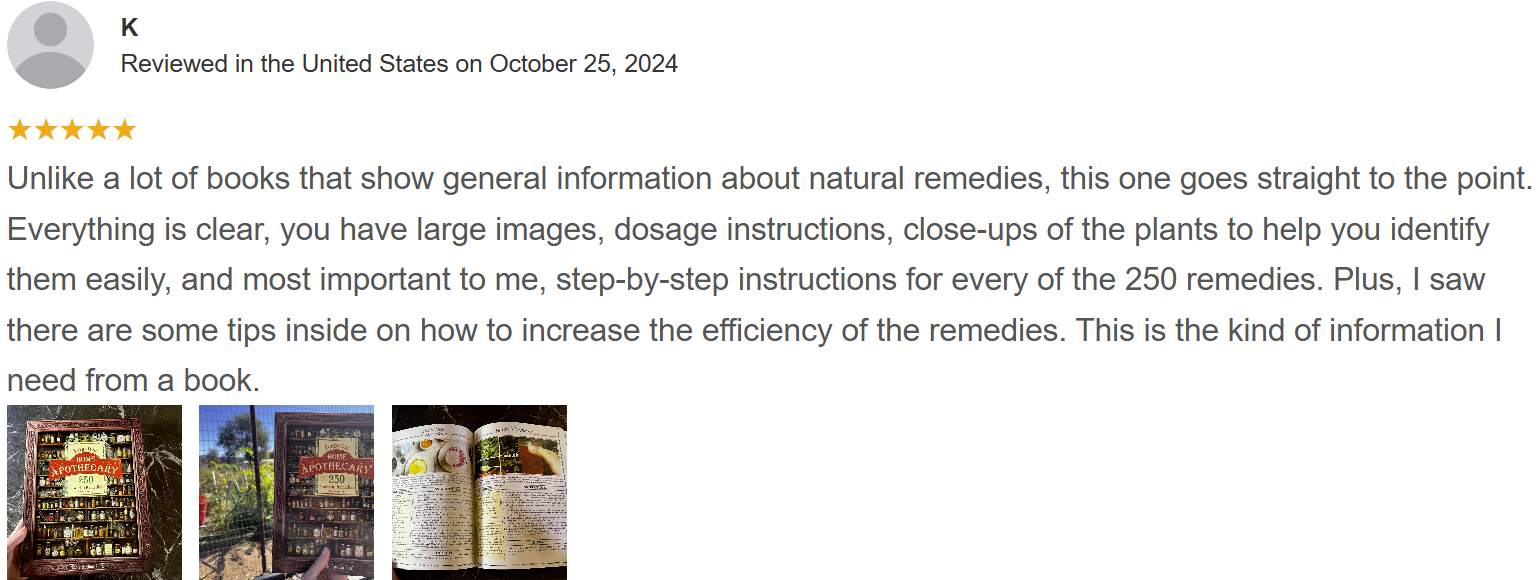
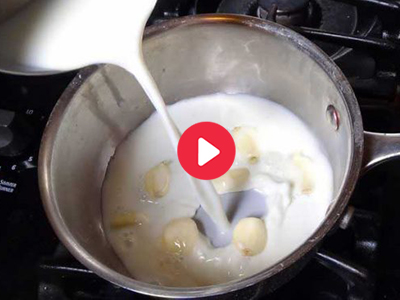
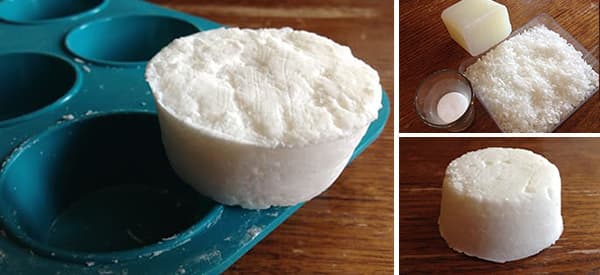
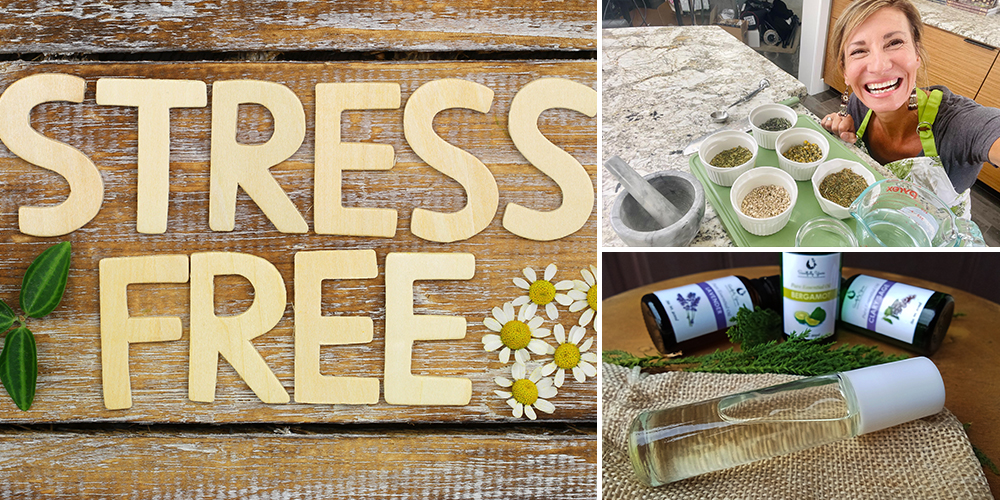
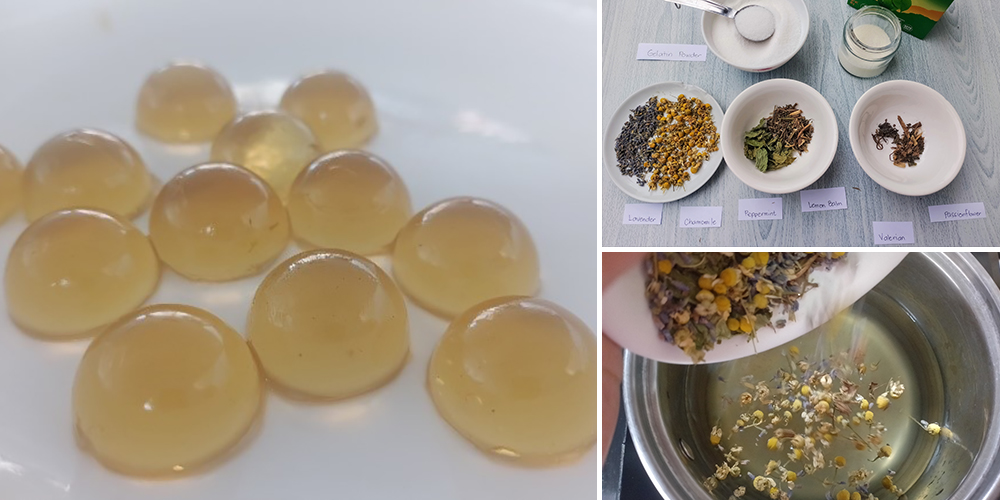
I used to struggle with dry feet and usnea-based balm helped a lot. I love your products and recipes, thank God remedies like this are out there for all of us still. God bless you!
As a suicidal smoker after the Viet Nam war, I used to get horrible lung infections 2 or 3 times a year, meaning bronchitis and even pneumonia. But I started taking 10 to 20 drops of home made Usnea before bed, and only recently have I had a serious lung infection like before, but recovered nicely with Usnea and other supplements. I will try this Usnea balm for foot fungus I’ve had for, geez!, about 20 years. Will try on my 79 yo cracked heels too. Thanks for the article; I already own one of your books.